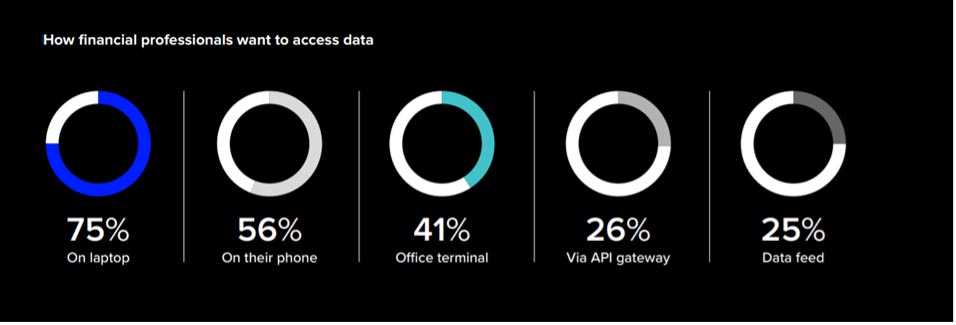How Technology Is Reshaping BFSI Sector

Across the globe, the digital payment infrastructure has been growing steadily. According to a report by KPMG, the transaction value of digital payments in India is expected to see a CAGR (compounded annual growth rate) of 20.2 per cent between 2019 and 2023. Globally, the market size for digital payments is expected to touch $10.07 trillion by 2026. As per a study published by MarketsandMarkets™, the global Financial Analytics Market is expected to grow to $11.4 billion by 2023. At the same time, there has been a steep jump the threat of cybercrimes too.
As per a 2018 report published by McAfee in conjunction with the Centre for Strategic and International Studies, cybercrime costs the global economy close to almost $600 billion, which amounts to about 0.8 per cent of global GDP. As attacks become more sophisticated and pervasive, this number is only set to grow each year.
Given the magnitude of the threat, the banking industry needs to rely on the best in technology to counter the threat and match the perpetrators at each step. Therefore, technologies such as Artificial Intelligence (AI) and Machine Learning (ML) deliver considerable value in BFSI, not only to ward off cyber threats but also to streamline processes such as credit risk management as well as lead generation.
Fraud Detection ML and AI can prove to be extremely effective when it comes to identifying fraudulent patterns in existing data and applying the insights to identify new transactions as and when they are attempted. Cybercrime has evolved with time and is run by sophisticated groups of hackers rather than lone wolf attackers. As a result, new threats emerge every single day, making it even more important for AI and ML algorithms to identify patterns and detect zero-day attacks. Added to that, in order to mitigate the amount of damage, these patterns need to be detected and tracked in real-time. This real-time anomaly detection is also something that is only possible using AI-based technologies.
Credit Risk Modelling one core area that determines the profitability of a bank is effective credit risk modelling. Traditional credit risk modelling techniques that rely on existing statistical data tend to have a very limited scope of information, thereby limiting its effectiveness. AI-based algorithms offer a high level of accuracy and mitigate the incidence of human errors in the credit risk models created.
AI also enables rapid prototyping to check for the effectiveness of these models. In addition, AI-based algorithms are able to take a much broader view since they can mine relevant data not just from the application details and transaction history, but also from external sources such as social media platforms and other information that is available in the public domain.
AI also allows for a far more granular approach as opposed to traditional techniques, thereby improving the accuracy of credit decisions. At the same time, it also enables huge savings in manpower due to automation. Of course, for AI-based credit risk modelling to be accepted widely, explain ability is a huge factor that needs to be considered a lead allocation for the best conversion rates. AI helps streamline the process of helping executives to be allocated to leads, which is crucial. Using AI, businesses can ensure that they achieve the best rates of conversion.
As AI and ML become far more ubiquitous, it becomes more important than ever for banks and financial institutions to leverage many advantages and then create a competitive advantage.
The author is the Founder and CEO of MateLabs









